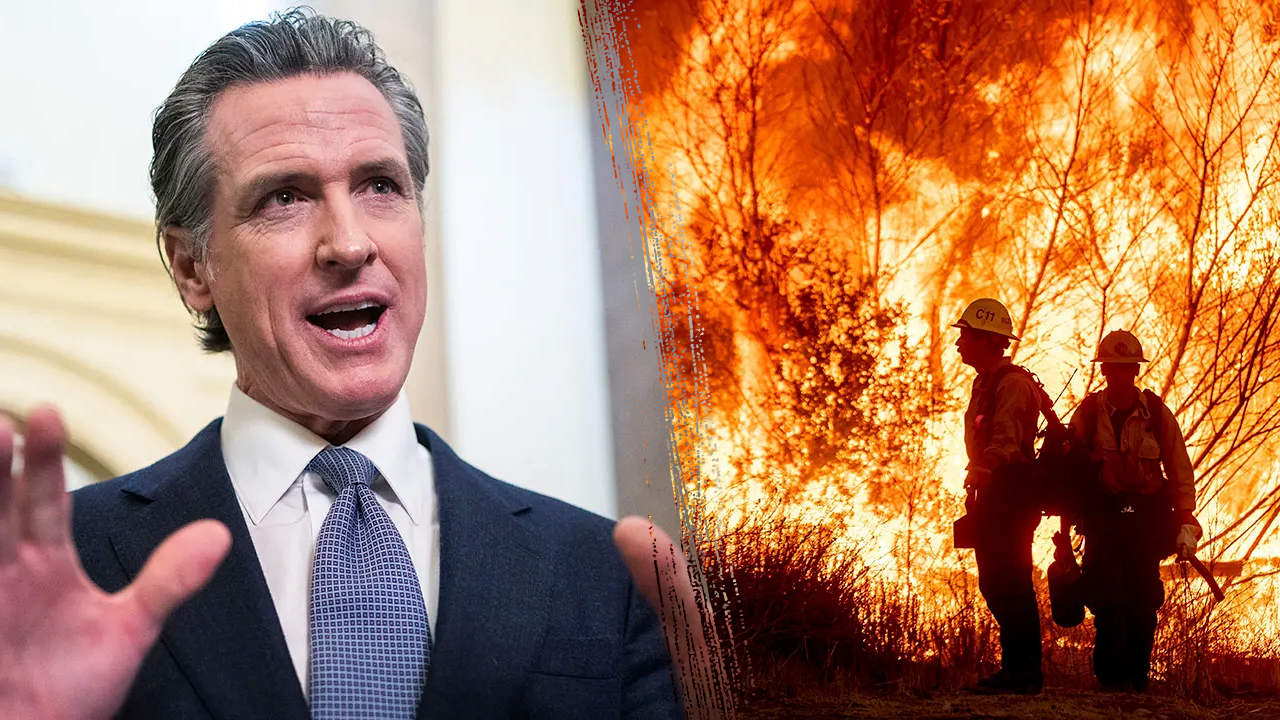Jim Steele
From peer-reviewed The Detection and Attribution of Northern Hemisphere Land Surface Warming (1850–2018) in Terms of Human and Natural Factors: Challenges of Inadequate Data
Soon et al (2023): The majority of the stations used for comparing the mid-19th century to the present are now urbanized… The rural and urban trend is 60% higher than that for the rural-only record. It seems plausible that at least some of this extra warming is a result of urbanization bias.”
Graphic A shows US weather stations with at least 70 years of data. Blue dots show cooling trends (34%) and red crosses warming trends (66%). Stations with warming trends are clustered in areas with the most Urban Heat Islands (graphic B), like the northeast, Lake Michigan area and west coast. Contradicting a homogeneous CO2 global warming effect, cooling weather stations are incongruously observed adjacent to warming stations. However, such contrasting pairs are easily explained by natural vegetation vs urban heat islands.

For Indianapolis, IN surface temperatures during July 2019 based on infrared satellite data reached 118F in urban centers (red in graphic D, and the gray areas using natural color in graphic C). Natural temperatures only reached 68F (blue in graphic D, and dark green areas of graphic C) for example the large blue area in the northwest of Graphic D is Eagle Creek Park.

Urban Heat Islands are centers for the most heat related deaths. The battle to save lives from unnatural extreme heat requires reducing urban heat island effects. Reducing CO2 is irrelevant!
Related





















Discussion about this post